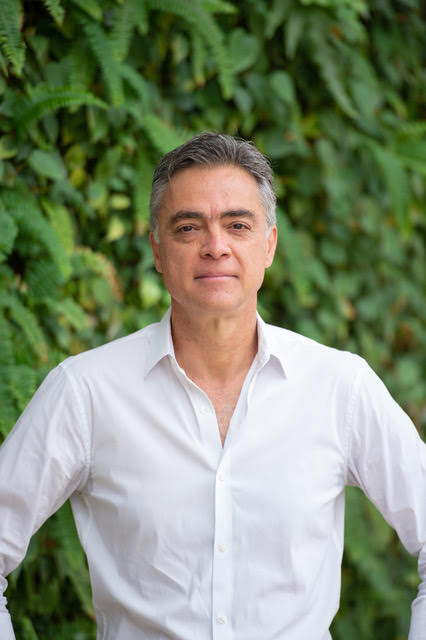Congratulations to Mechanical and Aerospace Engineering (MAE) Professor Elias Balaras on being elected a Fellow of the American Society of Mechanical Engineers (ASME)! ASME is a prestigious professional organization that helps the global engineering community develop solutions to real-world challenges by enabling collaboration, knowledge sharing, and skill development across all disciplines.
As an elected fellow, Balaras now joins only three percent of ASME’s membership. He became a member in 2004, and his exceptional engineering achievements and contributions to the profession since made him a clear nominee to join the highest elected grade of membership ASME has to offer. He also joins 11 fellow MAE faculty members who hold fellowships in various societies and organizations.
“I am humbled by this honor and am grateful to my colleagues, collaborators, and students over the years for an unforgettable journey. I am inspired to serve this community for many years to come,” Balaras stated.
Balaras has made varied and significant contributions toward high-fidelity simulations of fluid flows with many applications, including those in fundamental aspects of aerodynamics, chemical processing, environmental protection, and medicine. According to Google Scholar, his work has been cited 8,430 times to date, with more than a third of these citations occurring since 2018. Google Scholar lists his h-index as 40 and his i10-index as 88. Research interests include diverse topics in computational science both on algorithms and applications. A current thrust is the development of scalable modeling strategies applicable to multiphysics problems in physical and biological systems.
Notable examples are Balaras’s contributions to the field of biofluid dynamics, in which he has been active since the offset of his career. In a novel study on the dynamics of flexible flapping airfoils, for example, he demonstrated that small insects could potentially exploit sub-harmonic resonances to enhance performance by as much as 30 percent. He also developed a new class of methods that enabled several pioneering blood flow simulations in cardiovascular circulation involving complex fluid-structure interactions.
Balaras’s research group was among the first to report space- and time-resolved simulations of flows around bi-leaflet prosthetic heart valves as well as new hemolysis models. His team has also developed advanced workflows that use 4D flow cardiac magnetic resonance (cMRI) images as input to build compatible kinematics to stimulate various pre- and post-operative scenarios in children undergoing Tetralogy of Fallot (ToF) surgery.
To make such workflows accessible in a clinical setup, his team developed new semi-automated algorithms where endocardial contour trajectories are used to guide the motion of the Computation Fluid Dynamics surface mesh via an image-registration technique based on Large Deformation Diffeomorphic Geometric Mapping (LDDGM). This process identified new biomarkers that can drastically reshape how ToF patients are treated. Balaras’s most recent work concerns congenital heart disease and is at the interface of engineering and medicine.


